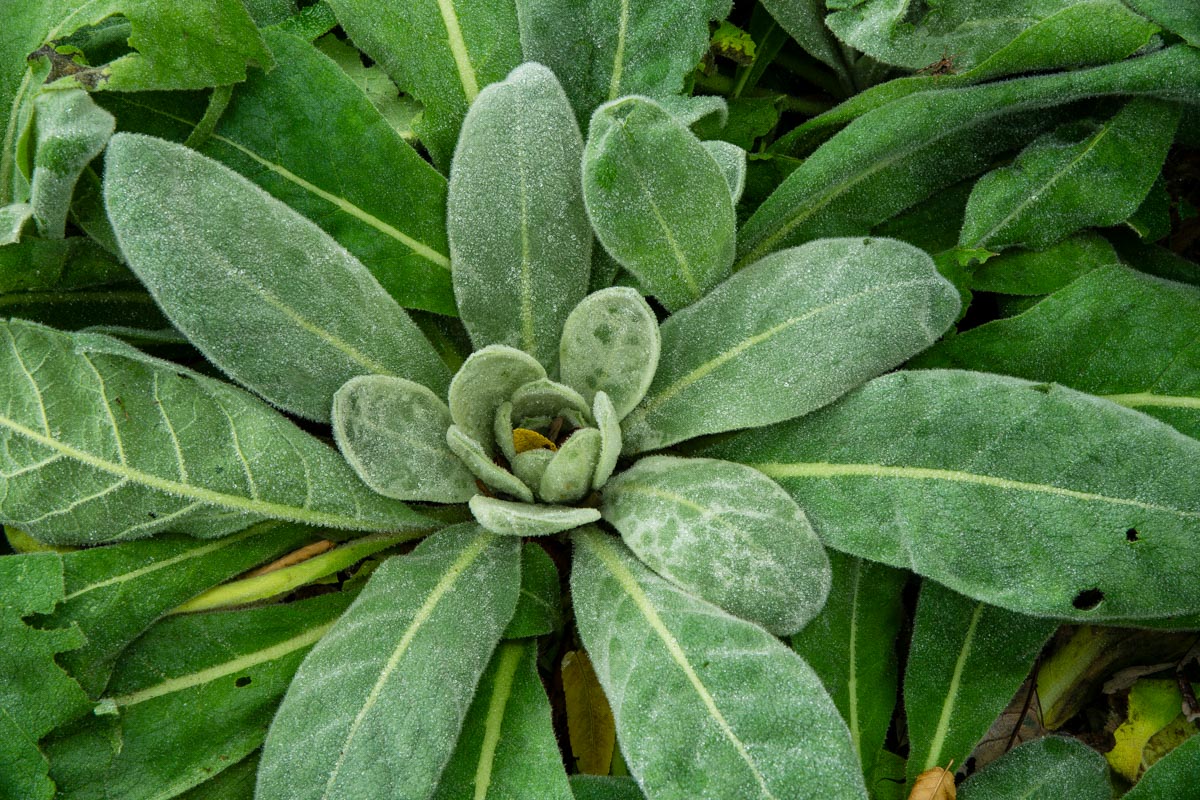Have you seen a new or unusual species in your area? If so, you can play an important role in protecting Nebraska's agricultural and natural resources by reporting it. Reported sightings help us determine invasive species trends throughout the state of Nebraska as well as protect our agriculture and environment. Below are some tips to help you submit a report that will assist us with figuring out whether the species you found is new, harmful, or unusual to Nebraska.
Take a Photo
If it is safe and you feel comfortable to do so, take a photo of the species to submit with your report to help us identify what type of species you found and whether or not it is invasive. To take a photo for species identification, please follow these guidelines:
- Send in multiple photos that include different parts and angles of the species. For plants, this includes upper and lower sides of leaves and special detail close-ups, like for flowers and grass seedheads.
- Include an object for scale. Examples of objects to use for scale are rulers, coins, or any other objects that allow the viewer to estimate the species' size based on your photo.
- Use a uniform background that contrasts with the species' colors. A busy background, like a field of grass, would make it difficult to see details of a specific plant because of the similar colors. If possible, try to get a photo of your species with a uniform, clear background, like a white piece of paper or the sidewalk, to make it easier to see special features of the species you're photographing.
- Pay attention to lighting. A photo in a shaded area or an area with too much sunlight will make it difficult to get a clear picture of the species where we can see all its characteristics.
- Keep it in focus. Make sure the species is in focus instead of the background when you take the photo, avoid shaking so the picture doesn't get blurry, and watch your zoom. A well-focused photo with less zoom is usually better than a photo that is too zoomed in.
Collect a Specimen*
If it is safe to do so and you have been instructed by the receiving organization to collect a specimen to assist with species identification, keep the specimen secure to avoid the spread of the collected species or any organism that may be attached to it. Be sure to keep a record with the specimen of the location where you found it and date when it was collected. To collect a specimen, please follow these guidelines based on the type of species that you are collecting:
- Invertebrates (i.e., insects, snails) - Invertebrates should be collected into a closed vial or jar with enough rubbing alcohol included to keep the tissue moist.
- Plants - Plant specimens should include the stem with intact leaves and, if available, intact flowers and/or fruits. The plant should be placed in a plastic bag with the top folded over and secured. You can also press the plant specimen between sheets of folded newspaper, place some weight on it for at least an hour, and then place it within the newspaper between two pieces of corrugated cardboard for shipping.
- Plant Diseases - Submit multiple plant specimens exhibiting the symptoms of concern. These should be collected into a plastic bag and loosely sealed (i.e., folded over the top).
- Vertebrates (i.e., fish) - Seal in a plastic bag and freeze.
* Please contact one of the organizations/individuals listed below under "Where to Send Specimens" prior to collecting a specimen to confirm whether they would like the specimen be sent to them.
Where to Send Specimens
Mailing collected specimens is not always recommended depending on the type of species collected. Please contact one of the organizations/individuals below to determine if they require a sample of the specimen:
- Invertebrates (i.e., insects, snails) - Collected invertebrate specimens can be mailed or delivered to Nebraska Extension in Lancaster County or the University of Nebraska-Lincoln Plant and Pest Diagnostic Clinic.
- Plants - Contact either High Plains Herbarium at 308-432-6385 or srolfsmeier@csc.edu, Glacier Creek Preserve at 402-554-6300 or unoglaciercreek@unomaha.edu, or Cheryl Dunn, the Keim Hall Herbarium Curator, at 402-472-1953 or cdunn3@unl.edu.
- Plant Diseases - Collected plant disease specimens can be mailed or delivered to the University of Nebraska-Lincoln Plant and Pest Diagnostic Clinic.
- Vertebrates (i.e., fish) - Contact Nebraska Game and Parks Aquatic Invasive Species Program at 402-471-7602 or at ngpc.ais@nebraska.gov.
If you are instructed by the receiving organization/individual to collect a sample of the specimen, please be sure to follow all instructions provided by the organization/individual you plan to send your specimen to.
